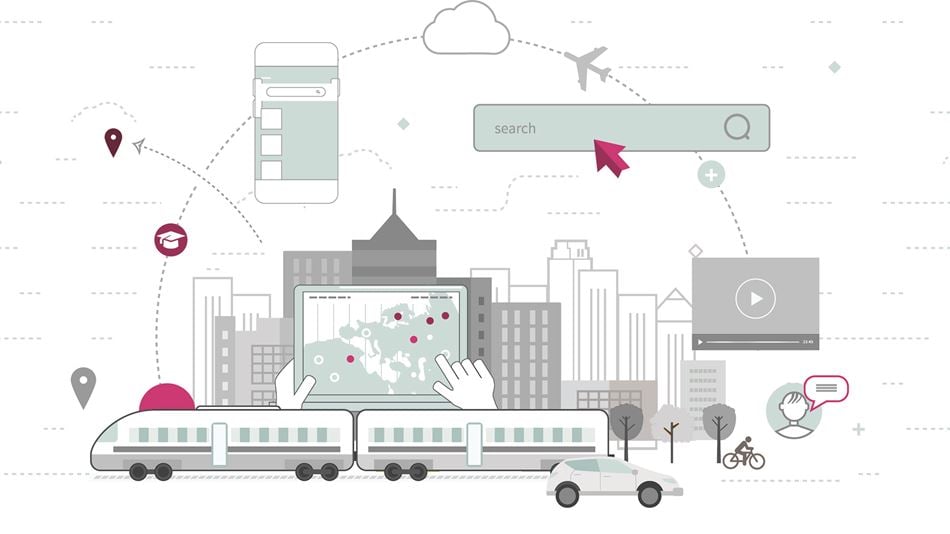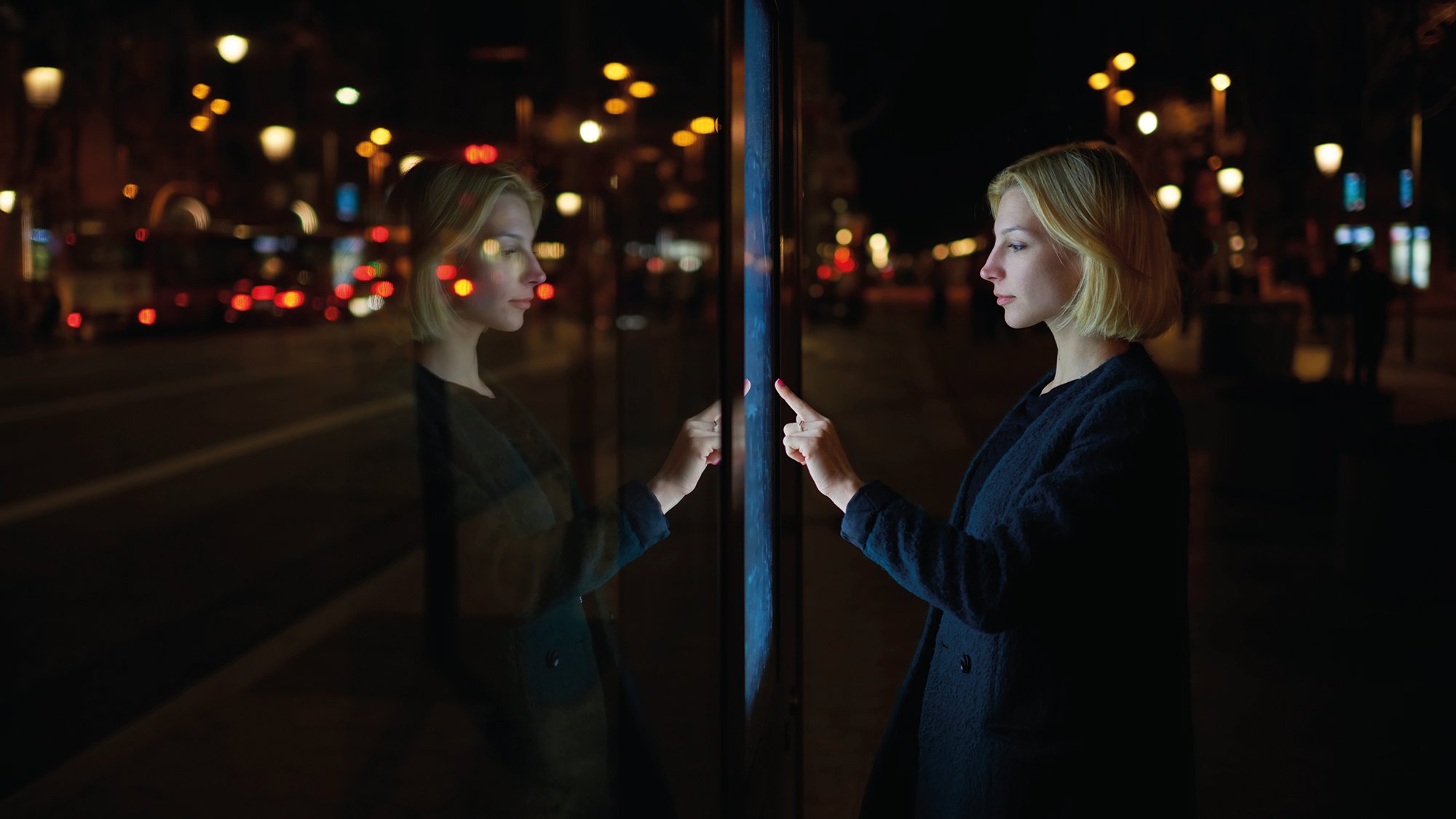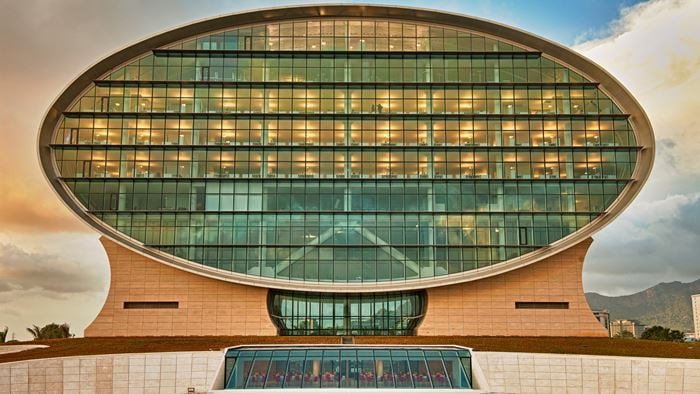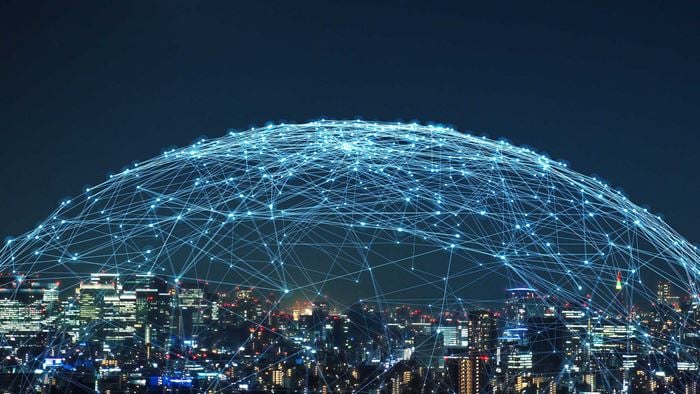‘Digital native’ is a phrase we hear a lot. It refers to a generation ‘born digital’ – those who have grown up with their lives so fully integrated with digital technologies, that they can’t imagine life any other way.
But they aren’t the only ones so digitally immersed - all generations have taken to digital technologies at an impressive rate.
Here in Australia, we are recognised as early adopters. We have long expected to be connected anytime, anywhere, bringing new ways of thinking about collaboration and ‘distance’, both at home and at work. Digital advancement is increasingly influencing the way we think about our interaction with people, place and technology. It is also influencing how we design our built environments.
Think of the cityscape as we know it today – now overlay that with interconnected data that allows us to personalise how we interact with our cities and other users in ways that could enhance our enjoyment, health, and productivity.
Data, data, data
The quality of the built environment is only one piece of the puzzle. Invisible elements like data enabled connectivity, are helping to create unique environments and user experiences that can enhance our cities and buildings.
These data are the building blocks on which people can develop the digital tools that allow us to tailor our environments, and interactions, depending on our preference and need.
This could mean anything from adjusting your overhead lighting and air-conditioning using your phone, to pre-ordering lunch from your favourite place in the food court. Then reserving a space for you and friends at work to actually eat together rather than everyone queuing at different places then heading back to the office when you can’t find somewhere to sit together.
Access to more information puts control in the individual’s hands. Gathering and presenting data that offers this to people has led to a proliferation of apps and services. The collection, aggregation, and analysis of data is the crucial lynchpin. It is driving improvements in customer experience and helping us to get the most out of our infrastructure and built environment.
The driver for all this is the availability of data

Masterplanning for the cloud
Before you get the data though you need to build the network that collects them. The first stage in developing a digital masterplan is building a communications platform. A fibre-optic backbone that connects the building and the people using it. This network allows the functions of the building, like building management systems data, be collected as well as data on offerings, like gyms or end-of-trip facilities, creating rich data sets that can be collected and analysed.
“Technology is only the vehicle though. It is how we experience places and spaces, and interact with our services that drives and unlocks the potential for digital technology. ”
Paul Sloman Arup Fellow
Designing for experiences
Making no assumptions, we have developed a discovery program to better understand what people might want and how those experiences could be delivered. This research builds an understanding of the types of experiences that will provide enhanced enjoyment and engagement with the built environment.
Experiences that allow people to work more collaboratively and more creatively. Improving the quality and utility of spaces through adaptability based on personal choice.
When you buy a ticket to a major sports event, in many cities these days it includes transport to and from the stadium. With a digital masterplan the potential experiences go far beyond that, to offer a seamless door-to-door event and beyond.
Order food to your seats, get step-by-step wayfinding, enjoy a last minute seat upgrade, receive post-match analysis tailored for you. The same opportunities can make a visit to an art gallery, theatre, or museum even more engaging. Access more information at your finger-tips, or curate your own personal tour or experience.
Buildings are no longer islands
Buildings no longer need to be stand-alone structures in a city, they can talk to other infrastructure, transport, neighbouring places, and most importantly, people.
Integrated data from building management systems, housed in a sharable network, can be securely combined with other data to deliver these experiences now, and expand as user needs change. This means our built environments are able to adapt and evolve as we do.
Digital technologies are rapidly evolving and strategies need to be in place to prepare for current expectations and future opportunities. We might not know exactly what they are yet, but we do know that they will be built on the availability of and access to data.
Designing for digital in the built environment requires an end-to-end approach that allows all components to talk to each other. Starting with digital masterplanning as the first step we can build our cities and spaces for the experiences we want and prepare them for the ones we can’t even imagine yet.
Find out more about our masterplanning for digital service
 ;
;




